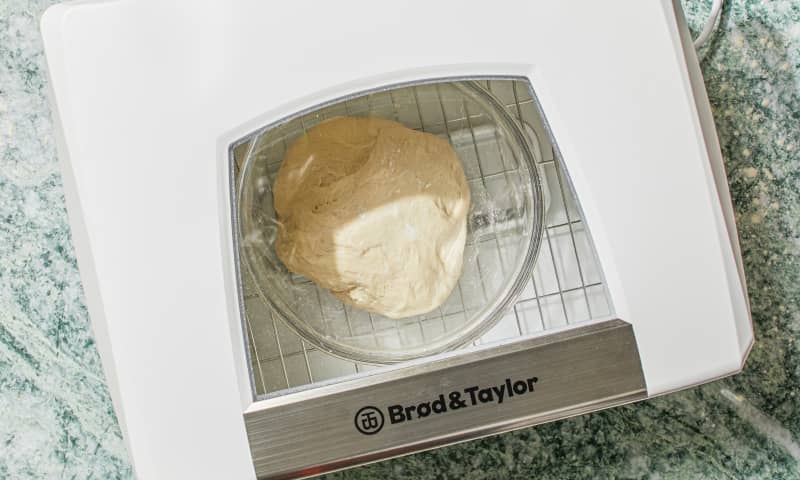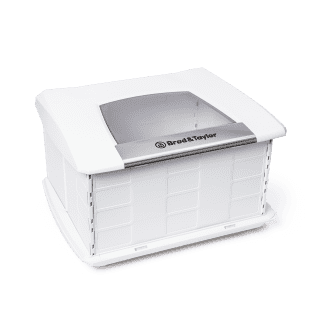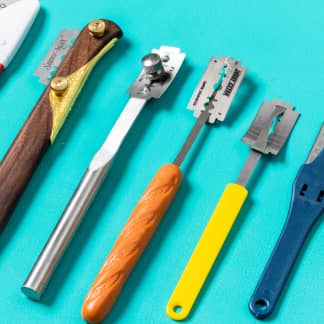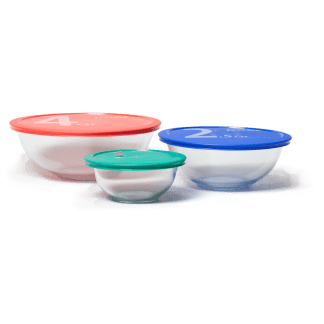If you’ve ever tried to make bread in winter, you know that the colder temperatures can make dough rise at a snail’s pace. To proof bread dough during cold weather, we often create a makeshift proofer by placing a pan of boiling water in a turned-off oven. This method works well for short proofs, but it requires repeatedly heating the water to keep the oven temperature warm for recipes that proof for more than two or three hours.
A folding proofer (also known as a proofing box) makes it easier to proof dough in a colder environment. It uses an electric hot plate to warm the contents inside, and you can control the heat output to proof dough at specific temperatures. This ensures consistency in your results from day to day, regardless of changes in the ambient temperature of your kitchen. Many recipe developers specify ideal proofing temperatures or desired dough temperature (DDT) to help you more closely align with the timelines in their instructions.












